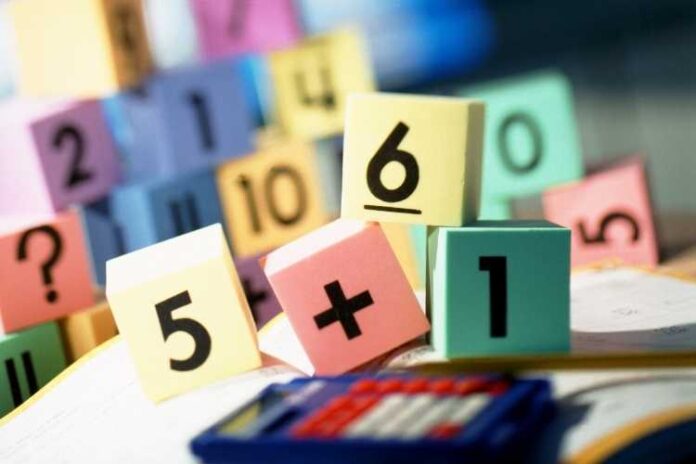Though all three sections i.e., Mathematics, Physics, and Chemistry carry equal weightage, mathematics is an important section in JEE Mains exam. Mathematics has an advantage over Physics and Chemistry because it can be a lifesaver in case you are just a few marks away from clearing the overall cut-off. Furthermore, concepts such as calculus, differential equations, and quadratic equations are useful in completing JEE Main Physics and Chemistry exams.
The JEE Mathematics syllabus includes topics that are both challenging and easy. You may easily achieve a good score here if you have a well-thought-out plan and practice every day.
On that note, let’s discuss each chapter’s weightage and important topics that can help you ace the Mathematics section in JEE Mains exam.
Binomial Theorem
The weightage of this unit in the Mains exam is 3-4 percent. It covers the Binomial Theorem for a Positive Integral Index, as well as the Properties of Binomial Coefficients and their applications.
Sequences and Series
This unit has a weightage of 6-7 percent in JEE Mains. Number-crunching and geometric progressions, A.M.-G.M. Relationship, Sum to “n” Special Series terms are important areas of Sequences and Series. Limit, Continuity, and Differentiation is a significant portion with a weight of 7-8 percent.
Sets, Relations and Functions
For the Mains Exam, this part carries 4% of the total weightage of the section. Sets, Union, Intersection, Complement, Power Set, Relation, Types of Relations, Functions and other topics are a few areas of importance.
Complex Numbers and Quadratic Equation
It is one of the most important areas of the section, accounting for 5-6 percent of its total weightage. Algebra, Square Root of a Complex Number, Triangle Inequality, Quadratic Equations and their formation, Relationship between Roots and Coefficients are all important topics.
Matrices and Determinants
In JEE Mains mathematics syllabus, this part contributes 6-7 percent weightage and is significant for the exam. Topics from this part include variable-based math of Matrices and their kinds, Determinants, Adjoin, and Evaluation of Square Matrix.
Calculus
The syllabus under calculus can be divided into two parts i.e., Integral Calculus and Differential Equations. While Integral Calculus contributes 10-12% of total sectional weightage, the Differential Equations part carries 6-7% weightage of it. You are advised to cover both integral and differential calculus topics thoroughly.
Coordinate Geometry
This unit is important, with a weightage of 10% to 12%. Cartesian System, Straight Lines, Equations of Internal and External Bisectors of Angles between Two Lines, Coordinates of Centroid, Orthocenter, and Circumcenter of a Triangle, Circles, and more are among the topics covered in this unit. It is a high-scoring unit since it incorporates the use of immediate equations.
It necessitates an understanding of Geometrical Shapes such as the Circle, Parabola, Triangle, Hyperbola, and so on. The Straight Line and Circle are the areas from where a large number of questions are asked in the exam.
3-D Geometry
This section carries a 5-6 percent weightage. Coordinates of a Point in Space, Section Formula, Direction Ratios and Direction Cosines, The Angle Between Two Intersecting Lines, Skew Lines and Their Equation, Equations of a Line and a Plane in Various Structures, and Coplanar Lines are all important chapters in this topic.
Vector Algebra
The JEE Mains mathematics gives Vectors Algebra a 3-4 percent weightage. Vector and Scalars, Vector Components in 2D and 3D Space, and Scalar and Vector Products are a few areas of importance.
Statistics and Probability
This unit is assigned a 4-5 percent weighting. Measures of Dispersion, Calculation of Standard Deviation, Variance and Mean Deviation, Probability, Binomial Distribution, and other topics are important in this area.
Trigonometry
Trigonometry is a significant topic with a weightage of 6-7 percent in the mains exam. This section includes important topics such as trigonometric identities, equations, functions, and heights and distances.








